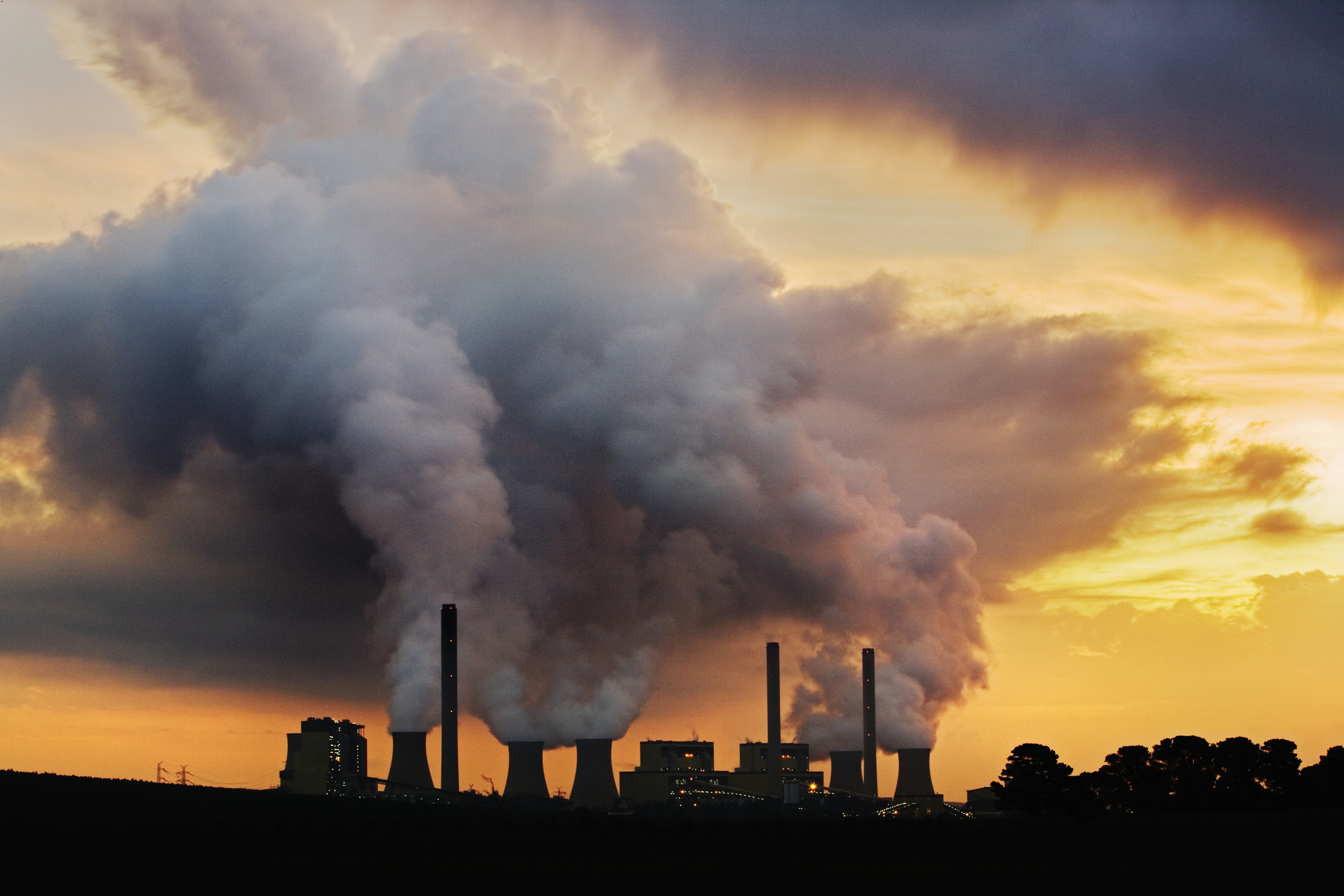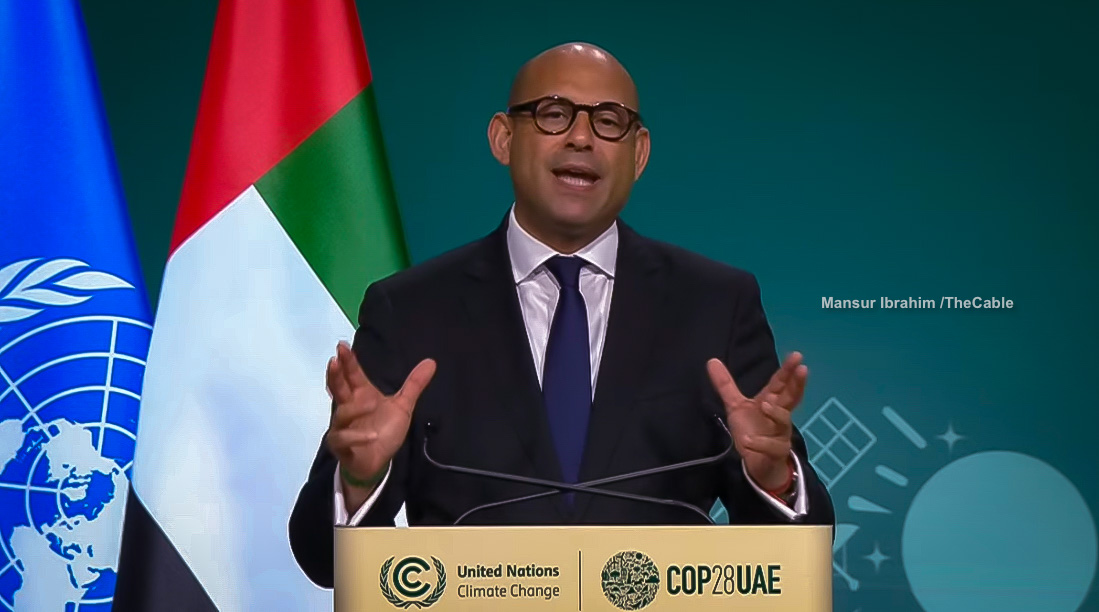The United Nations Environment Programme (UNEP) says the world is set to exceed the Paris Agreement’s 1.5°C limit if countries do not raise their climate ambitions in the next round of climate pledges by early 2025.
The findings are based in UNEP’s 2024 Emissions Gap report titled ‘No more hot air… please!’.
The report predicts global temperatures could rise by 2.6 to 3.1°C this century — a level UNEP says would cause serious harm to people, the planet, and economies.
“Today, the United Nations Environmental Programme (UNEP) published its yearly Emissions Gap Report,” the statement announcing the report’s release reads.
Advertisement
“It finds that a failure to increase ambition and fast action in nations’ new Nationally Determined Contributions (NDC) would put the world on course for a temperature increase of 2.6-3.1°C over the course of this century.”
Inger Andersen, UNEP executive director, said the report shows the need for countries to aim higher, as current promises are far below the levels needed to achieve 1.5°C.
“To deliver, there is need for, among other things, reform of the global financial architecture, strong private-sector action as well as a minimum sixfold increase in mitigation investment,” she said.
Advertisement
With COP29 approaching, she encouraged nations to act decisively at the conference, set stronger climate goals, and work urgently toward the 1.5°C pathway by 2030.
“So, I urge every nation: no more hot air, please. Use COP29 in Baku, Azerbaijan to increase action now, set the stage for dramatically stronger NDCs, and then go all out to get on the 1.5°C pathway by 2030,” she said.
“The sooner we strike out hard for a low-carbon, sustainable and prosperous future, the sooner we will get there – which will save lives, save money and protect the planetary systems upon which we all depend.”
The report suggests there is still a way to limit warming to 1.5°C, highlighting solar and wind energy as vital solutions.
Advertisement
The report noted that increased use of solar power and wind could achieve 27 percent of the needed emissions cuts by 2030 and 38 percent by 2035.
The report also found that actions on forests could provide 20 percent of the emissions reduction potential in both 2030 and 2035.
Other important measures include energy efficiency, electrification, and fuel switching in buildings, transport, and industry.
Responding to the report, Andreas Sieber, associate director of policy and campaigns at 350.org, said it sends a clear message for governments to move from promises to action.
Advertisement
“The emissions gap report is yet another clear warning about what needs to be done and fast,” Sieber said.
“Last year at COP28, nations agreed to transition away from fossil fuels. The report makes it crystal clear that governments must translate this decision into action in their national climate pledges if they are serious about the just energy transition.
Advertisement
“When we talk about climate pledges we are talking about more than just arbitrary, empty words. We’re talking about how plans to move away from dirty fossil fuels and transition to renewable energy fairly can create opportunities for communities around the world to thrive.”
This is the 15th edition of the Emissions Gap report which brings together top climate scientists to analyse emissions trends and outline potential solutions to address global warming.
Advertisement
Add a comment









